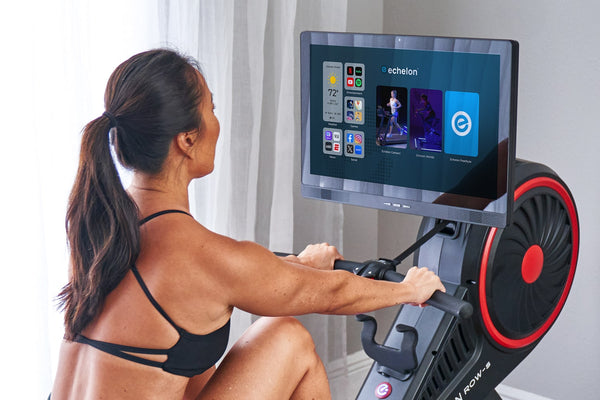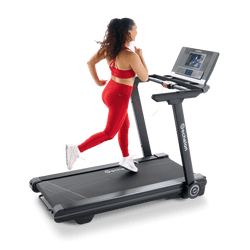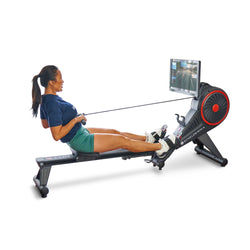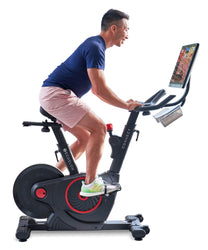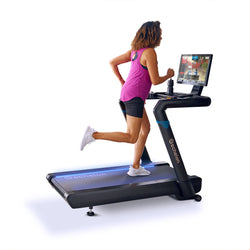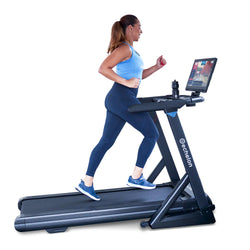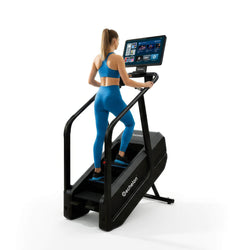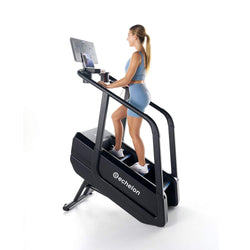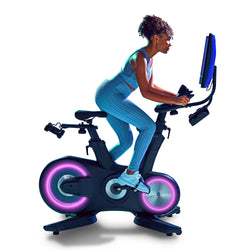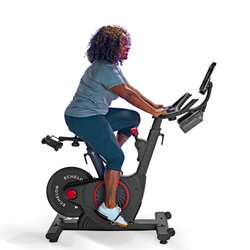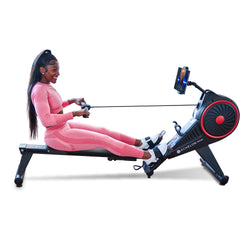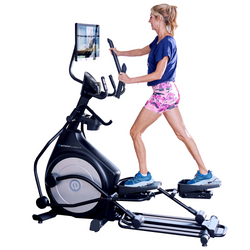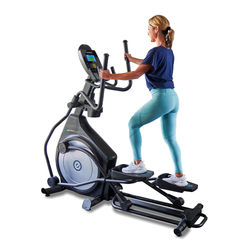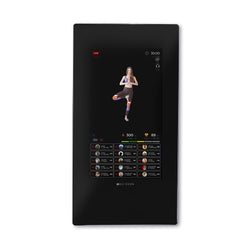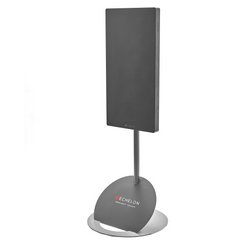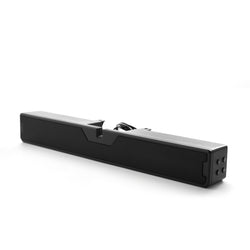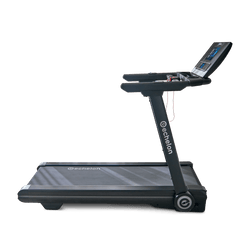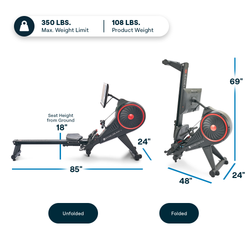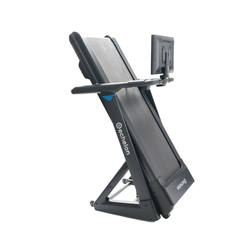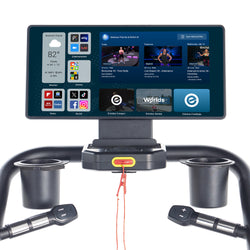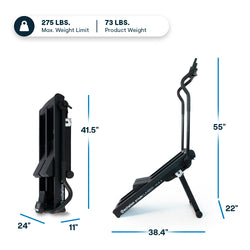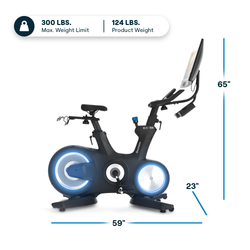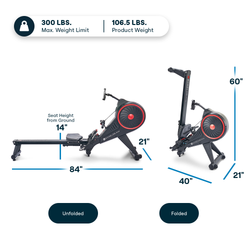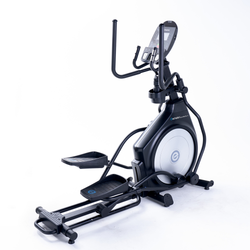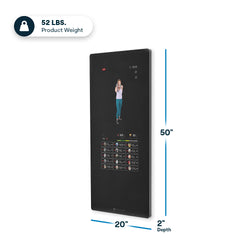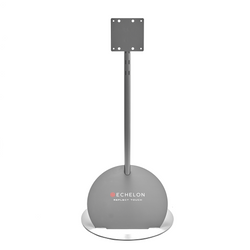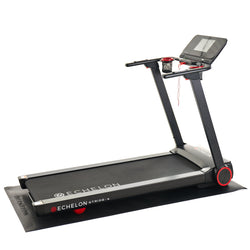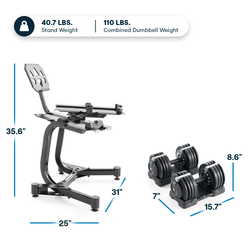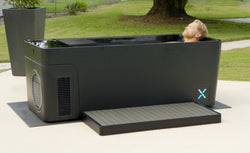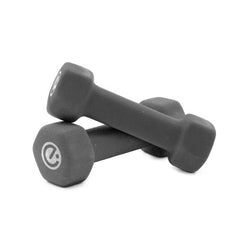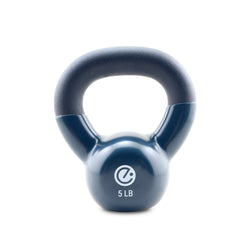Using Heart Rate Zones to Manage Effort

In the 2016 Rio Olympics, 42-year-old Kristin Armstrong became the first cyclist to win gold in the same discipline three consecutive times. Prior to the race, a reporter questioned the wisdom of coming out of retirement and leaving a comfortable life to train for the event. In response to his question of “why?” Armstrong responded resoundingly, “because I can.”
A Wall St Journal article contends that, “the exceptional attributes of cyclists and other endurance athletes are less obvious—they’re hidden in their blood and their lungs. For this reason, it’s not uncommon, especially in women’s cycling, for athletes to discover their hidden talents late in life.” The ability to maintain your breath while managing discomfort is critical to endurance riding.
As well as sprinting, for that matter! It’s not about just losing your breath.
Heart Rate Zones Explained
Your heart rate is the body’s reaction to stress. If pedaling at 90 RPMs dramatically elevates your heart rate, that does not reflect effort. Watts, or power, measures effort. Managing your heart rate and understanding when ‘how hard is hard’ is a critical part of cycling.
Most athletes use heart rate zones to categorize their level of effort. Definitions can vary but all utilize maximum heartbeats per minute as input. Spinning.com provides an age-based calculation for MHR. Their Energy Zones demarcate effort as a percentage of MHR. Some Echelon instructors may cue class based on heart rate zones. This table is a safe approximation for most.

While a useful guide, realize maximum heart rate varies by person. Height, weight, genetics (taller people have longer lungs for example), and fitness level are a few of the contributing factors.
Finding Your Max Heart Rate
To find your max heart rate, strap on your Echelon heart rate monitor, jump on the bike, and start with a ten-minute warm-up. Next, every 30 seconds, increase your output by 15 watts (or 1 mph of speed). Your max heart rate is the last 30 seconds of work before your watts decrease. Take note of this number, and use it to create your heart rate training zones.
Googling “heart rate zone calculator” provides a plethora of websites to assist with your calculations. Several mobile apps (iOS, Android) offer similar guidance. Below is output from FitDigits.com’s heart rate zone calculator.

So the next time your instructor mentions a zone, you’ll be able to respond appropriately with your effort. Remember to listen to your body. If it doesn’t feel right, it probably isn’t. Your Echelon bike will be ready for you on your next ride.
